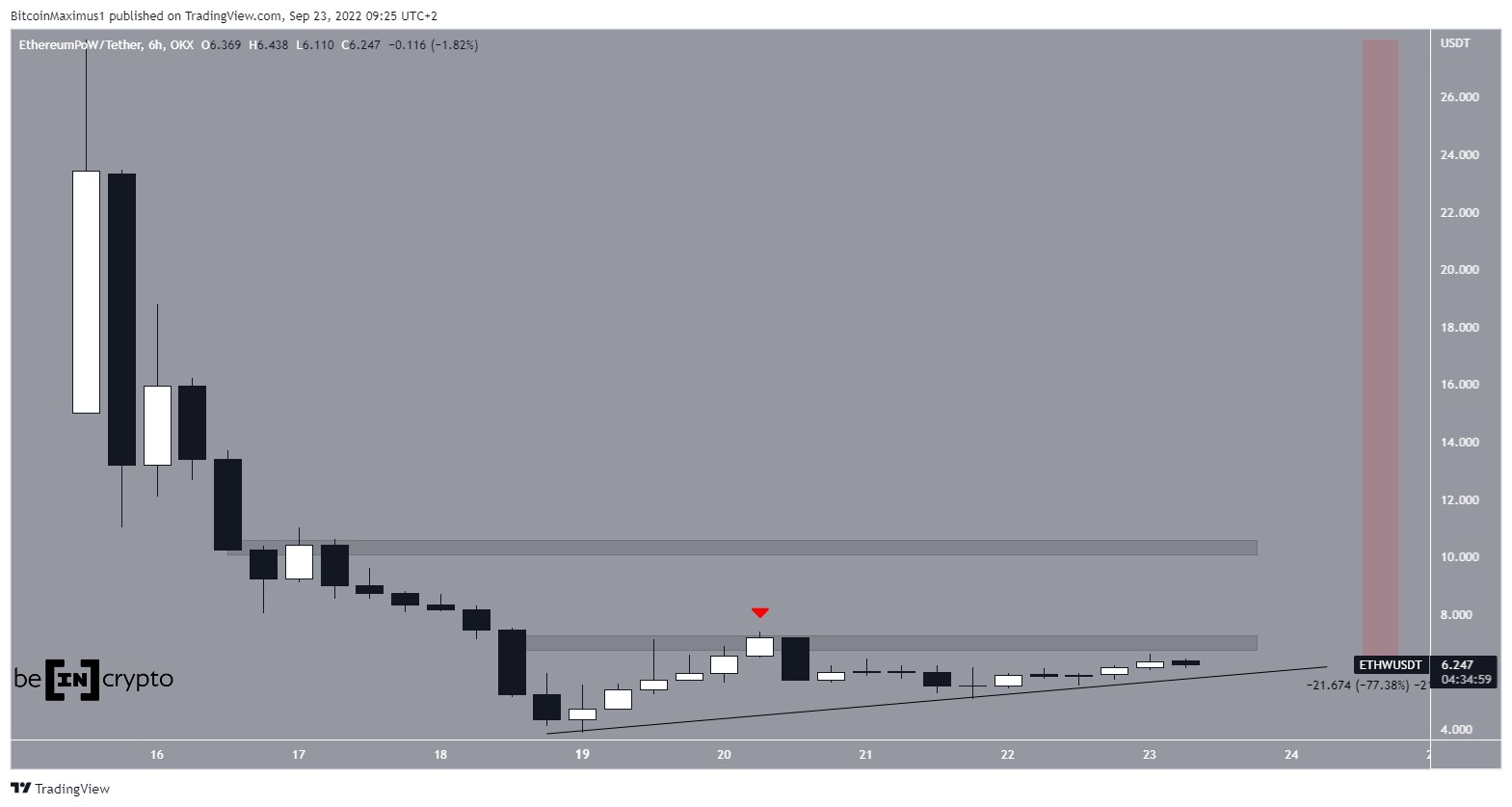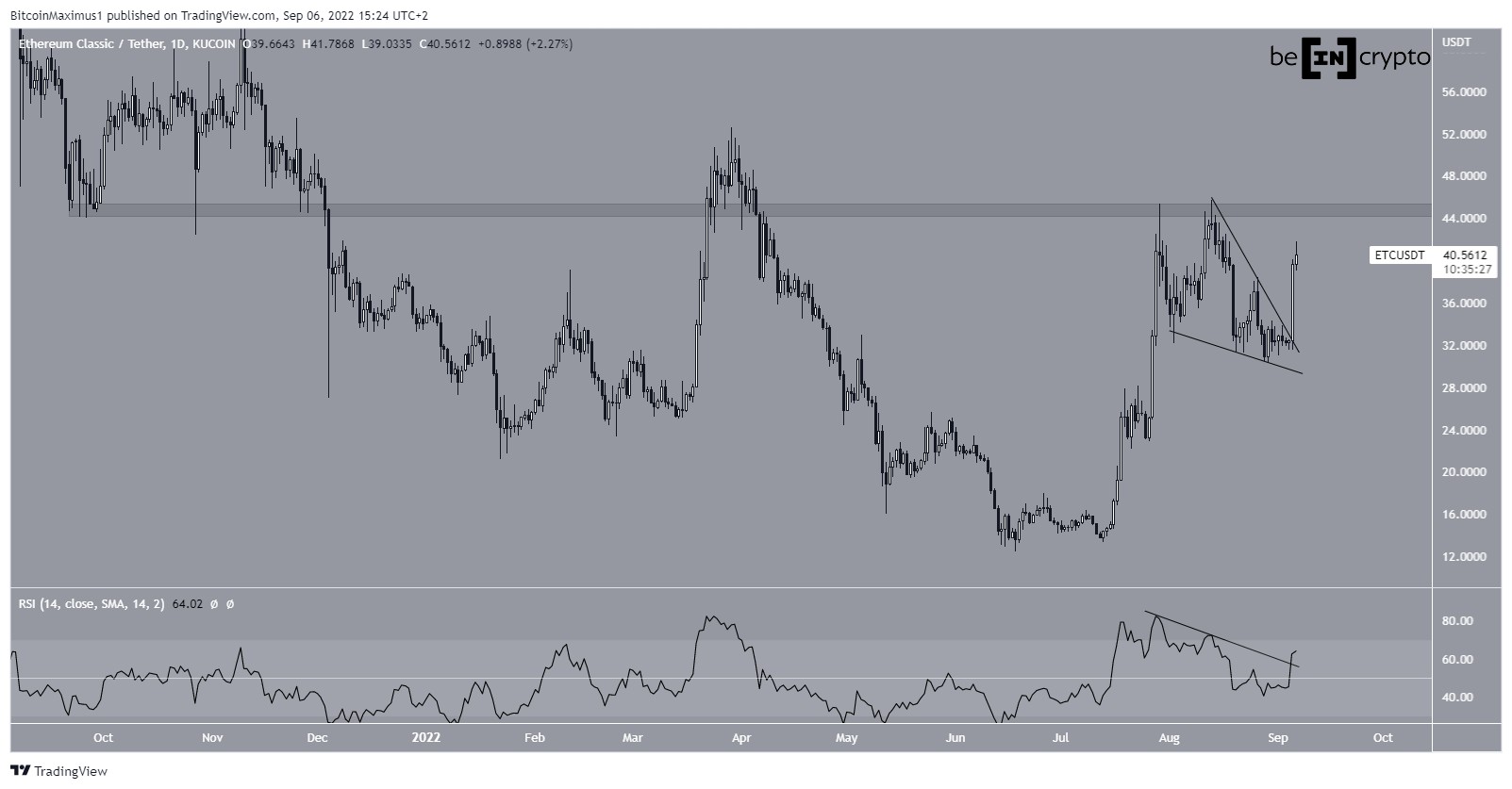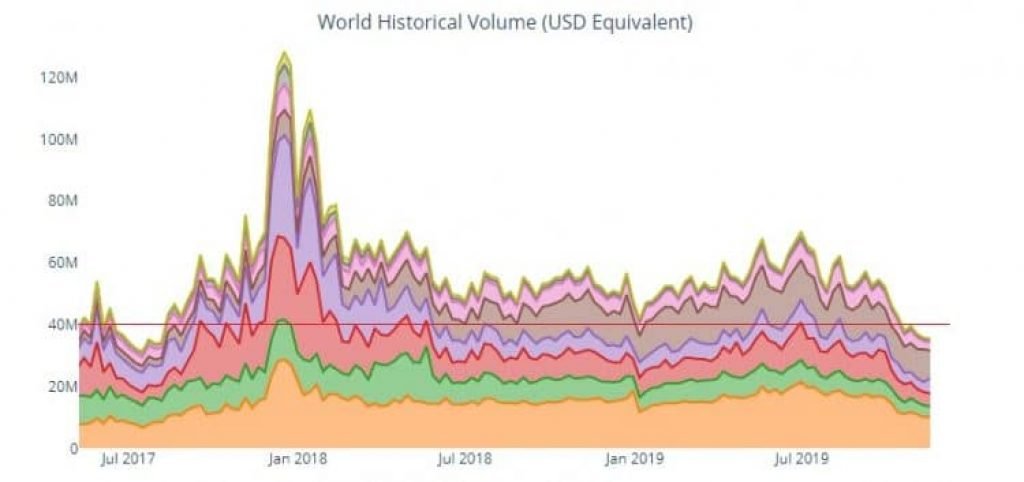
2019-1-8 08:39 |
In the last couple of days, one of the top 20 cryptocoins Ethereum Classic suffered a dreaded 51% attack on their blockchain. This event reminded us of the fragile state of smaller proof of work coins that could be attacked if bunch of kids pooled their allowance money and started renting hashing power from NiceHash.
Back in May, one of the bitcoin forks – Bitcoin Gold suffered a 51% attack on its blockchain and the hack got the hackers 18 million US dollar.
A 51% attack means that 51% of the ‘computer processing power’ used to verify transactions is controlled by one entity, and once this number (51%) has been reached, they can create a new ledger (blockchain ‘fork’ basically) so that they can double spend their own coins (among a few other capabilities). So basically, if there was an election and you control 51% of the vote, you decide who gets elected.
What is the difference between Ethereum and Ethereum Classic?
If you are curious what an attack like this costs to undertake on this BTG or any other blockchain, there is an interesting website that calculates exactly that. You can basically rent hashing power from NiceHash to complete an attack and the website tracks the cost for that rent.
The calculations are based on renting hashing power from NiceHash (explained in more detail here). As noted on the website, the top coins are safe from this, and the real problem occurs for smaller coins where NiceHash has more than enough hashing power to complete an attack.
It is very surprising that it is possible to rent enough hashing power for many of the smaller currencies, which makes you question the use of PoW for smaller coins.
The numbers this websites shows are staggering: for example, Bitcoin Private can be attacked for 27$ an hour or around $600 for an entire day, by using a simple mining pool like NiceHash.
With this much hash power you can basically rewrite the whole chain of a smaller cryptocoin. This makes it possible for hackers to send their coins to exchange, exchange the coins for another coin, withdraw those coins, rewrite the blockchain back to the original and now hacker has the old coins and the coins he stole.
Most of the smaller coins networks rely on the benevolence of miners. They rely on miners playing nice which means the security model is broken right now. The whole point of crypto is we shouldn’t need to trust anyone.
This is where importance and advantages of Bitcoin network lie, it is slow and archaic, but it’s the historical ledger of crypto and the most difficult to attack.
Moral of the storyThe lesson learned is that majority of altcoins will either have to switch to other consensus mechanisms (and get suffocated by their flaws and drawbacks) or start merge mining with bitcoin.
Merged mining is the process of allowing two different crypto currencies based on the same algorithm to be mined simultaneously.
This allows low hash powered crypto currencies to increase the hashing power behind their network by bootstrapping onto more popular crypto currencies.
Another solution could be the Decred model, a hybrid POS/POW system used by Decred combined with upcoming privacy solutions looks to eliminate these limitations and launch the DCR token into worldwide adoption.
Decred developers decided that a Bitcoin with some form of governance is required to avoid similar problems in the future and thus their current project was created.
The post What can we learn from the Ethereum Classic (ETC) 51% attack? appeared first on CaptainAltcoin.
origin »Ethereum (ETH) на Currencies.ru
|
|













